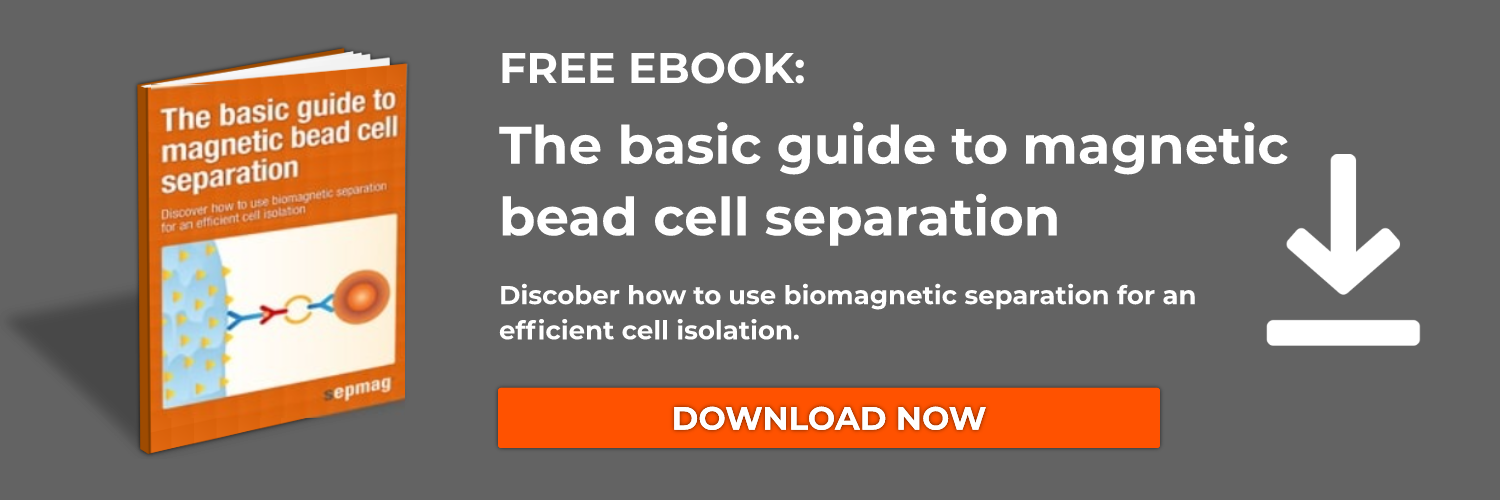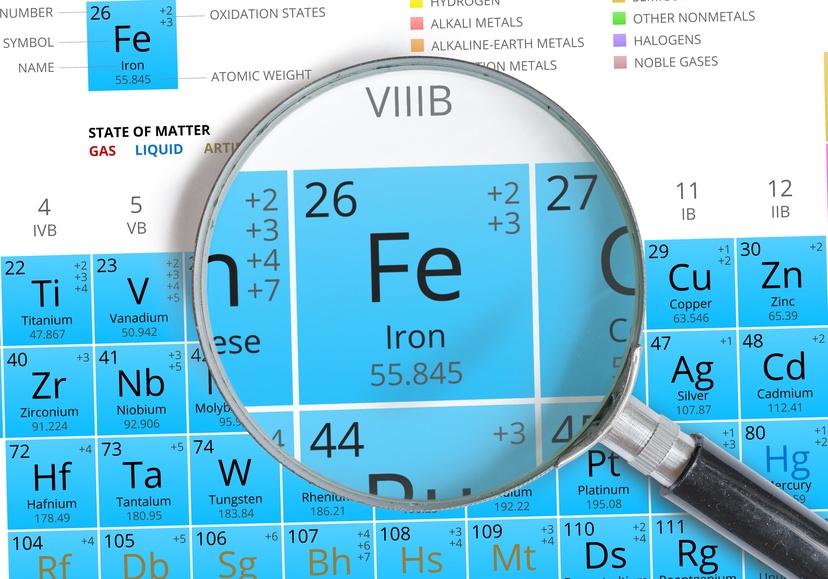The use of magnetic nanoparticles and biomagnetic separation to isolate proteins from solution is advancing over more traditional column-based methods. Magnetic nanoparticles provide a gentler and more rapid separation process compared to column-based methods, and often demonstrate greater yield. With a properly scaled separation rack the separation process can be monitored in real-time and calibrated across experiments.
When one considers the advantages of biomagnetic separation it comes as no surprise that improving, expanding, and modifying the technology is a heavily investigated field. There is a great deal of research with aims such as cost reduction, improved efficiency and ease of use, and development of bead coatings to boost specificity and protein recovery.
Two recent advances will be explained in more detail here in two parts. While advances in magnetic nanoparticle coating techniques are exciting, it is important to keep in mind that a perfectly designed magnetic particle is practically useless without a properly scaled separation rack. When designing your experiment it is critical to consider not only the magnetic particles, but the rack as well, avoiding these mistakes.
Part 1 Fe3O4/Cu-apatite nanoparticles for histidine-tagged protein separation
This nanoparticle coating advancement is a shift away from immobilized metal affinity chromatography (IMAC), and a movement toward magnetic nanoparticles. The basic affinity chemistry of IMAC is preserved, but it is adapted to the nanoparticle surface. The new technique was successfully used to separate His-tagged TRX9 from cell lysate solution.
The histidine tag is a patented technology. It is made of six histidine residues that are inserted into the coding sequence of the protein of interest. The tag is expressed after translation. A good understanding of protein folding is useful when inserting the histidine sequence because it affords a degree of control over where the tag will be expressed: on the surface of the protein or buried within.
An IMAC column is made of a support matrix containing chelating ligands to which metal ions attach. Once immobilized on the matrix, the metal ions form coordination bonds with the histidine tags. The use of the column is time consuming, requiring multiple washes, and provides poor yield. Replacing the column with magnetic nanoparticles simplifies the protocol and increases yield.
In this work, the Fe3O4 nanoparticles were coated with Cu2+ doped hydroxyapatite, affording the nanoparticles excellent affinity for histidine tags and protein surfaces. After a short incubation time the bound nanoparticles were recovered from solution using an external magnet. The proteins were separated from the nanoparticles with an imidazole wash and detected by SDS-PAGE. The nanoparticles could be recycled up to 5 times without demonstrating loss in specificity or affinity.
Related news
- DNA isolation from bacteria using charge-reversible magnetic nanoparticles
- Magnetic bead cell separation for the detection of circulating tumor cells
- Column-based magnetic activated cell sorting





